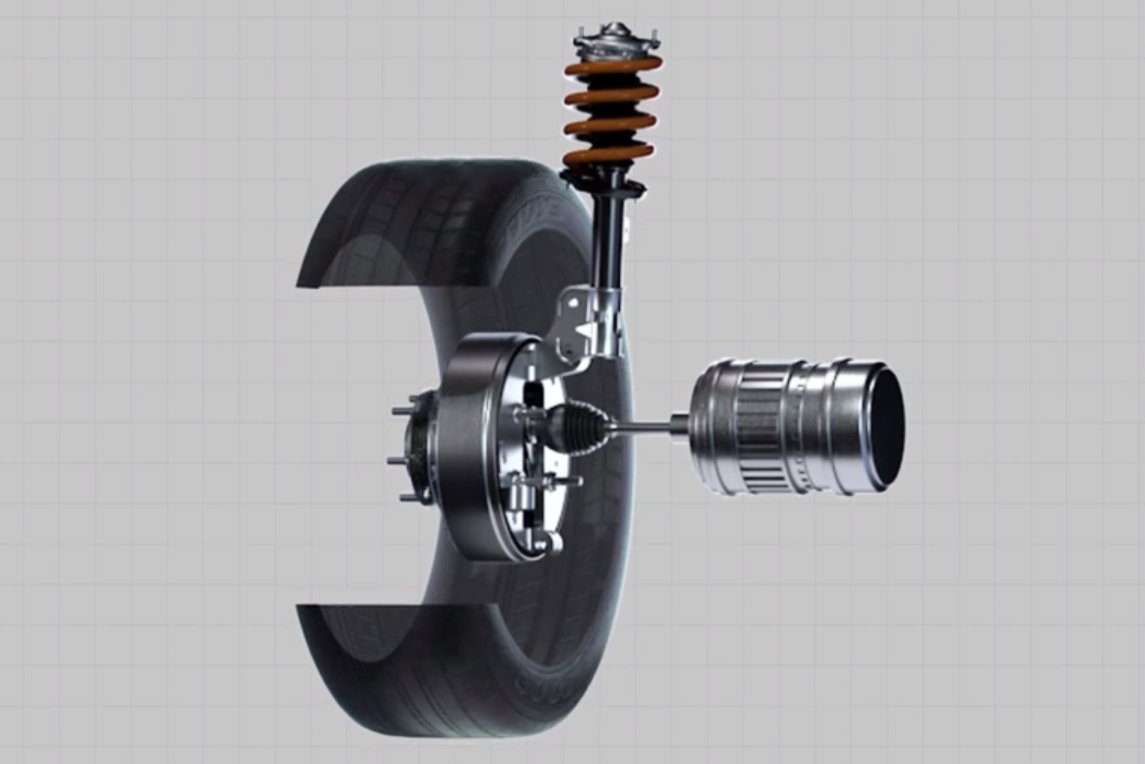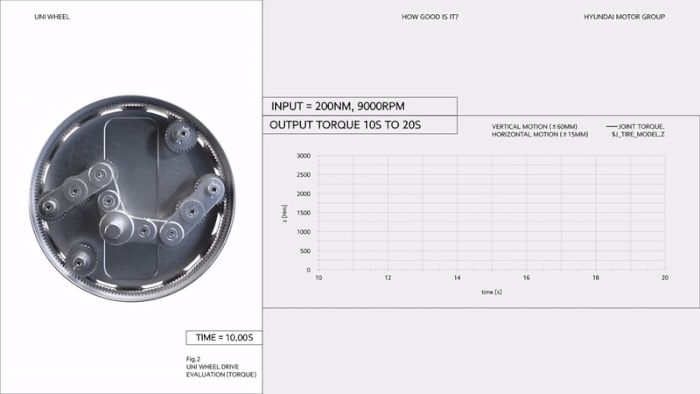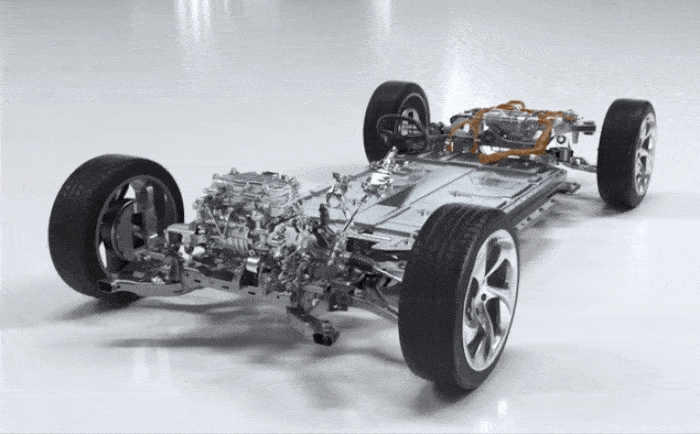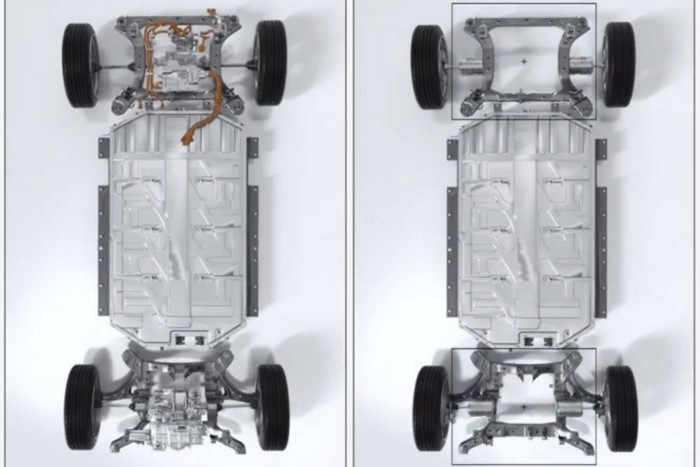Usually we include a video as an explanation in articles, but here the situation is different: If you know English and watch this video, even if you did not read the text, we also understood the essence of the Universal All-Wheel Drive (UNIWheel) system developed by Hyundai Motor Group. .
The video starts after the ad
In classic internal combustion engine powertrains, the role of the sequence of powertrain elements has not changed for decades: the drive reaches from the gearbox or differential to the homogeneous joint through the semi-shaft, which, according to its name, transmits uniform motion, that is, its task is to The wheel and the half shaft rotate the wheel at the same speed regardless of their relative angle.
Electric cars that use one electric motor per axle (most) follow the same structure. However, in this case, the drive chain takes up a lot of space, just as with internal combustion engines. Of course, the electric motor could also be integrated into the wheel (hub drive), in which case all intermediate elements could be saved, but the unsprung mass would be large, impairing comfort, drivability and stability – in short, everything we expect from a car.
Hyundai has now developed an intermediate solution, replacing all these elements with a complex planetary structure. Planetary gears are placed on arms that rotate relative to each other, and the system receives drive through the sun gears. The half shaft is very short, and the flush joint can be omitted, so the configuration works very efficiently in all situations.
Of course, the solution means additional costs, as the number of electric motors must be doubled, but in return we get very efficient torque control, in addition to saving a lot of space where we can place additional luggage racks or additional battery cells. – According to Hyundai estimates, 40 liters of storage space or 10- 20% increase in range can be obtained from the development.
Video source: Hyundai Motor Group















































